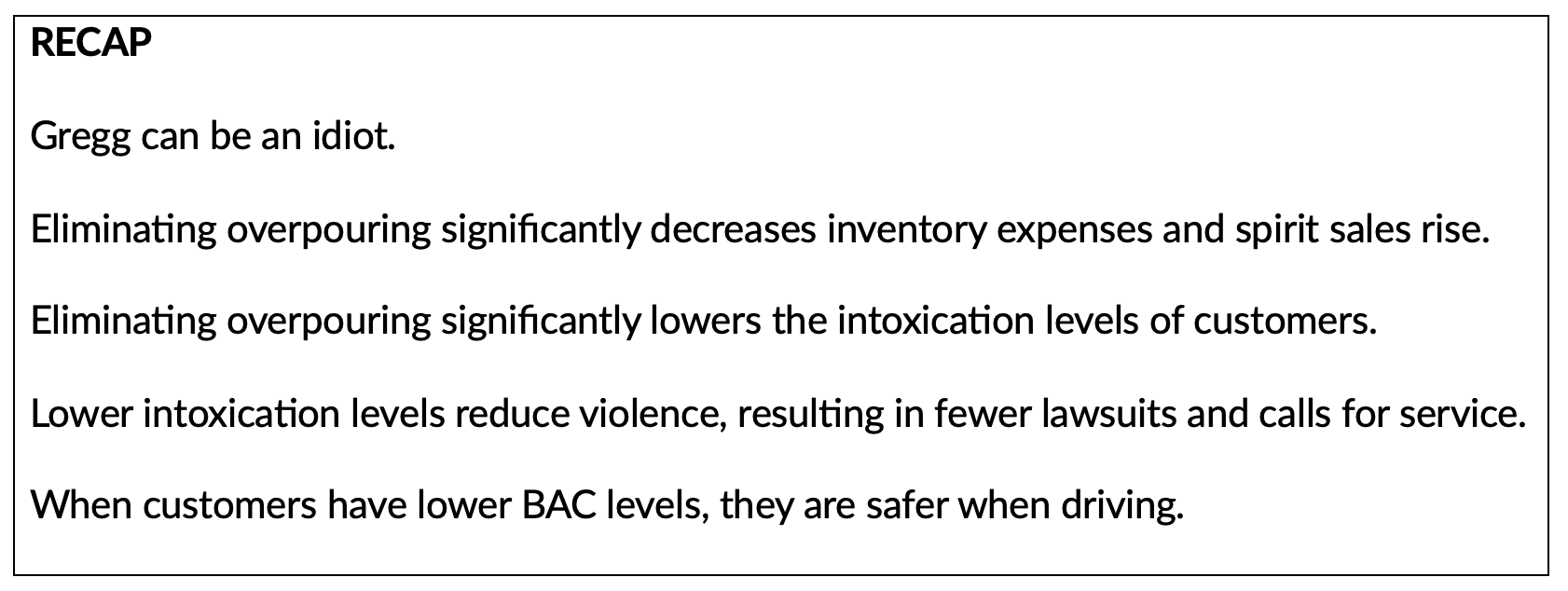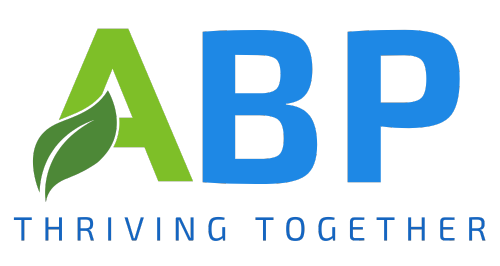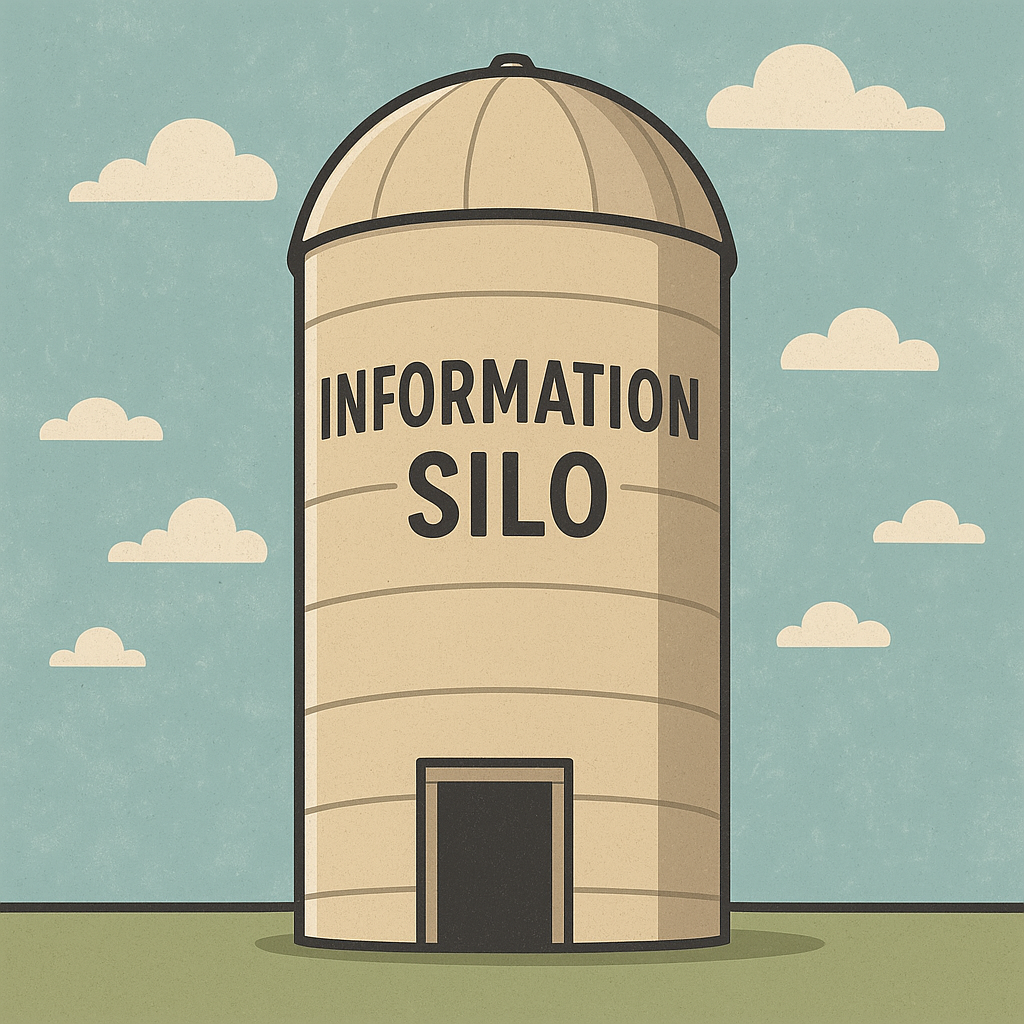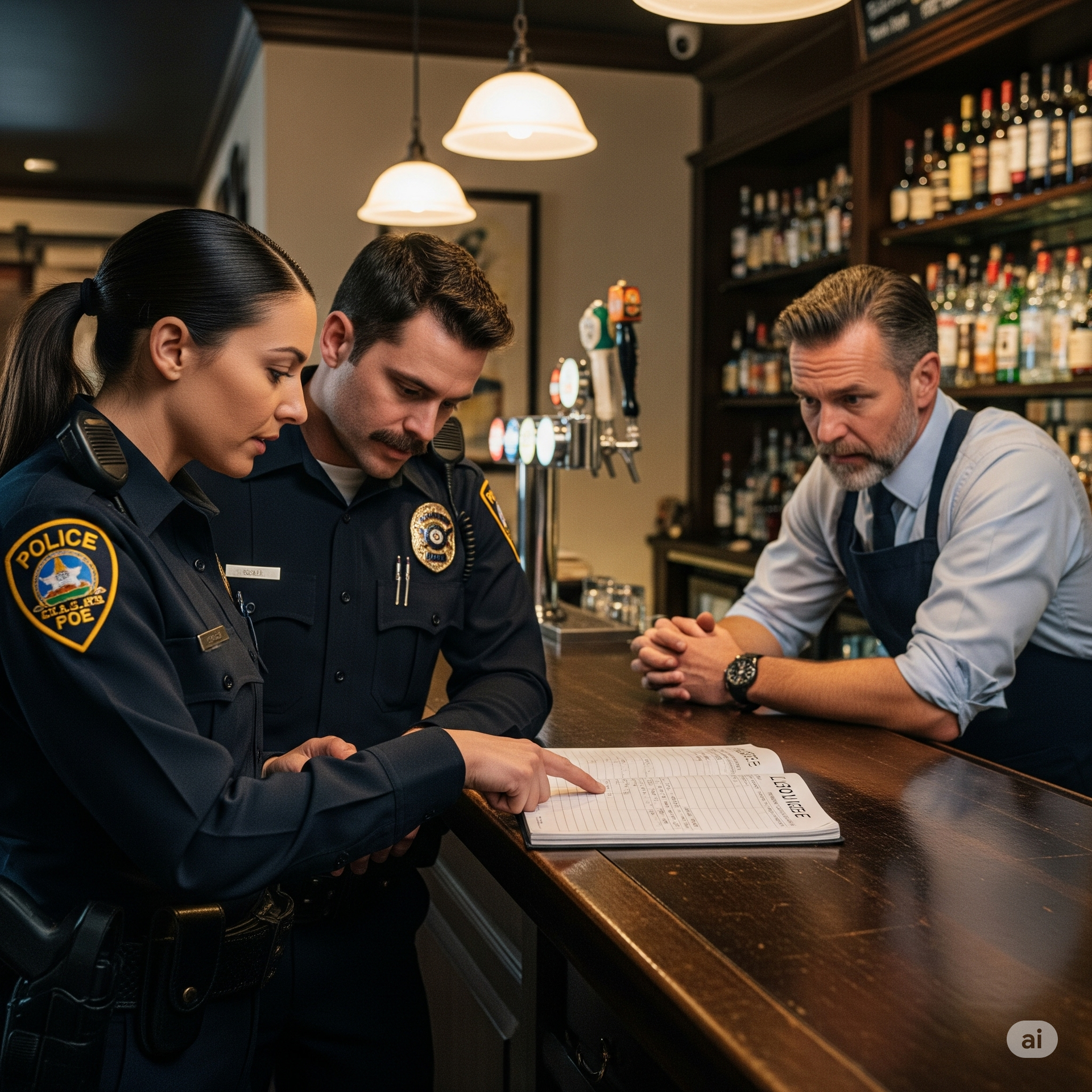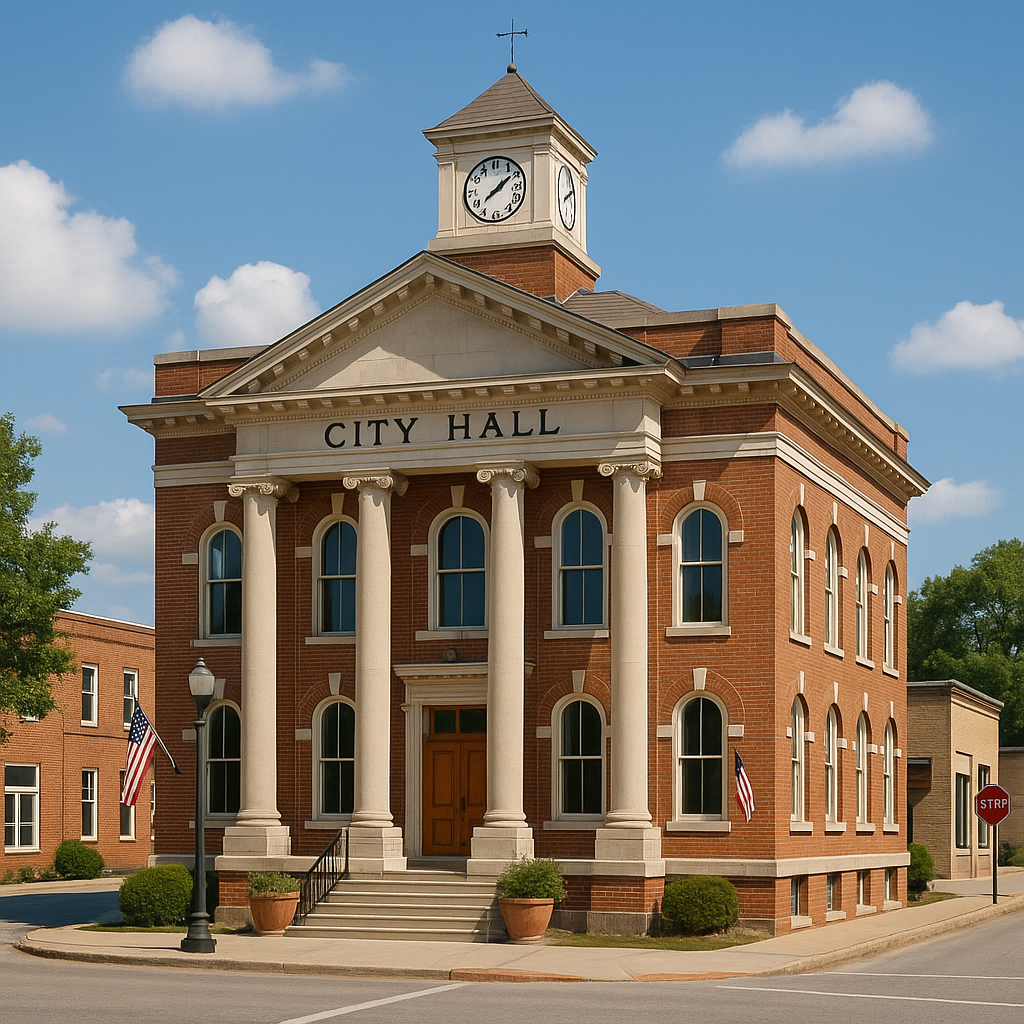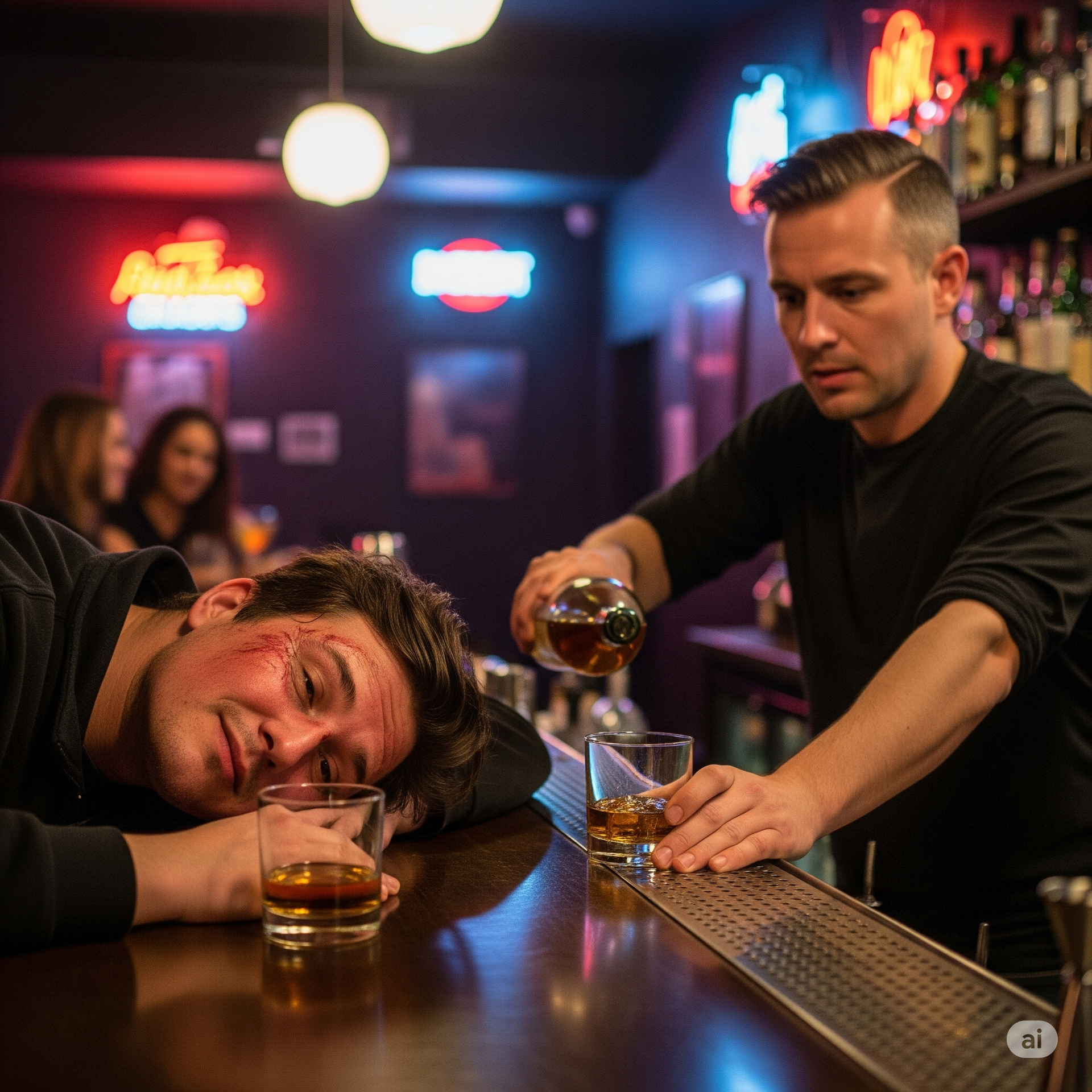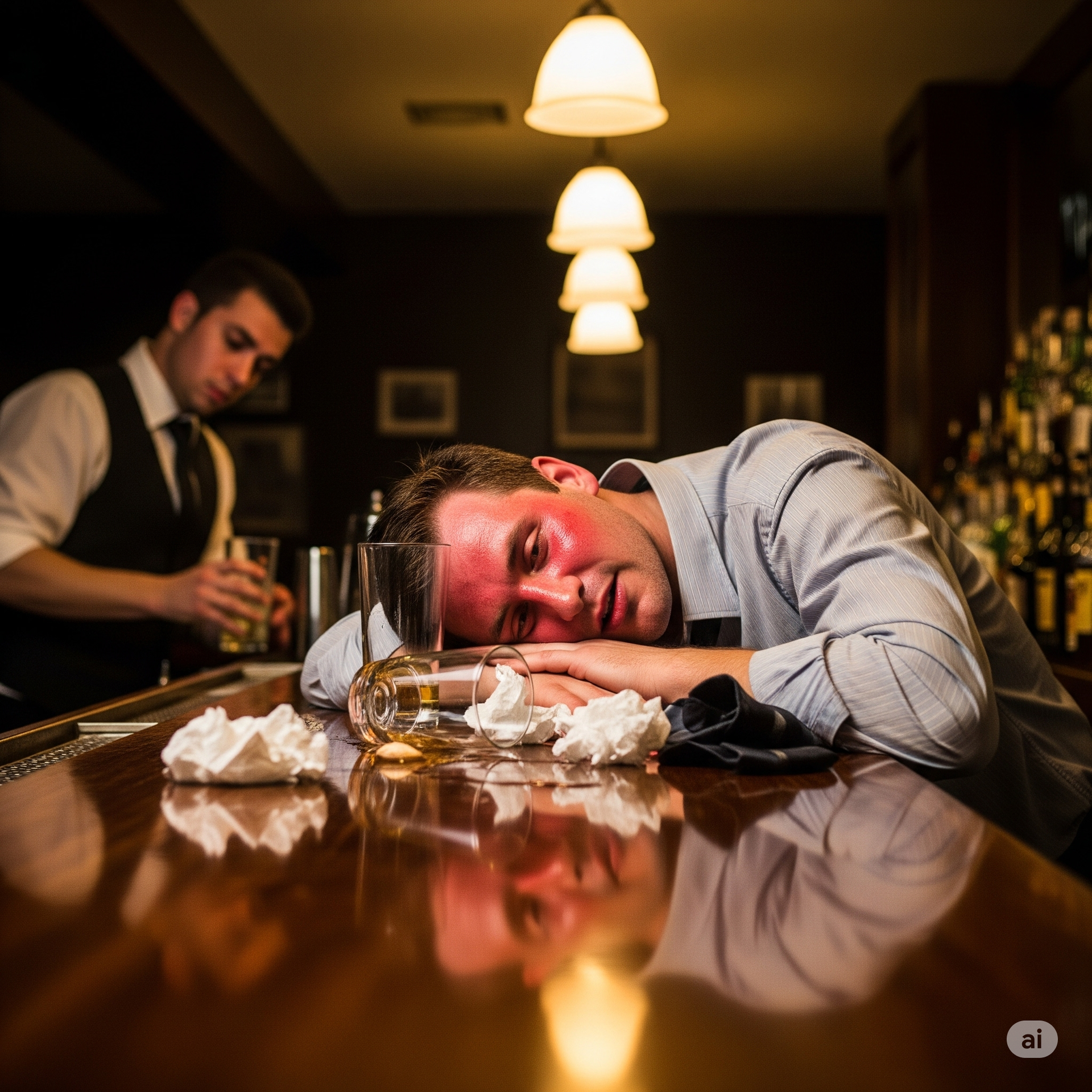My 14-million-dollar Mistake
(5th in the "It’s Not Magic, It’s Math" series)


Short on Time? Skip to the Recap Below!
The Problem
In the early 2000s, The Shark Club hired its first promoters (after more than ten years in business) to increase our business on Friday nights. While the promoters did a great job bringing in more customers, they were surprised our bar sales weren’t higher. These same promoters worked at another venue on Saturday night pulling in similar headcounts to our Friday night. According to the promoters, despite similar headcounts and pricing structures, our Friday bar sales were $5,000 lower than those at the other venue they promoted.
I ignored their input, figuring it was promoter-speak (it’s a thing).
In 2006, we hired Jeremy Jackson of Baywatch fame (who played Hobie) to promote our Saturday nights. It was a huge success. Jeremy Jackson, who also promoted another venue on Friday nights, was shocked that our bar sales weren't much higher. We added a bartender to the schedule. After the second Saturday night with long lines to enter, Jeremy again proclaimed our bar sales were way too low.
We acted; after all, our Friday and Saturday promoters said the same thing: our bar sales were thousands lower than expected for our headcounts. We squeezed in another well behind the main bar to add yet another bartender. We added a portable bar near the dance floor. We also added a beer bar in the lounge.
Sales barely increased.
I figured it might be a theft issue, so I added expensive towers to our POS stations to display transaction sales totals and hired spotters to look for theft.
It wasn’t a theft issue.
I gave up.
The Revelation
Years later, maybe in 2008, at the end of a slower Thursday night, I watched my son, who was bartending his way through college, pour a vodka tonic. My jaw dropped when I saw him pour a double but only ring in the price for a single. I went behind the bar, pulled him aside, and told him I witnessed him pouring a double but charging for a single. Unperturbed, he corrected me and said, “It wasn’t a double, more like an 80% overpour,” Then he added, “We all do that.” I refocused on the other bartenders pouring. He was 80% correct.
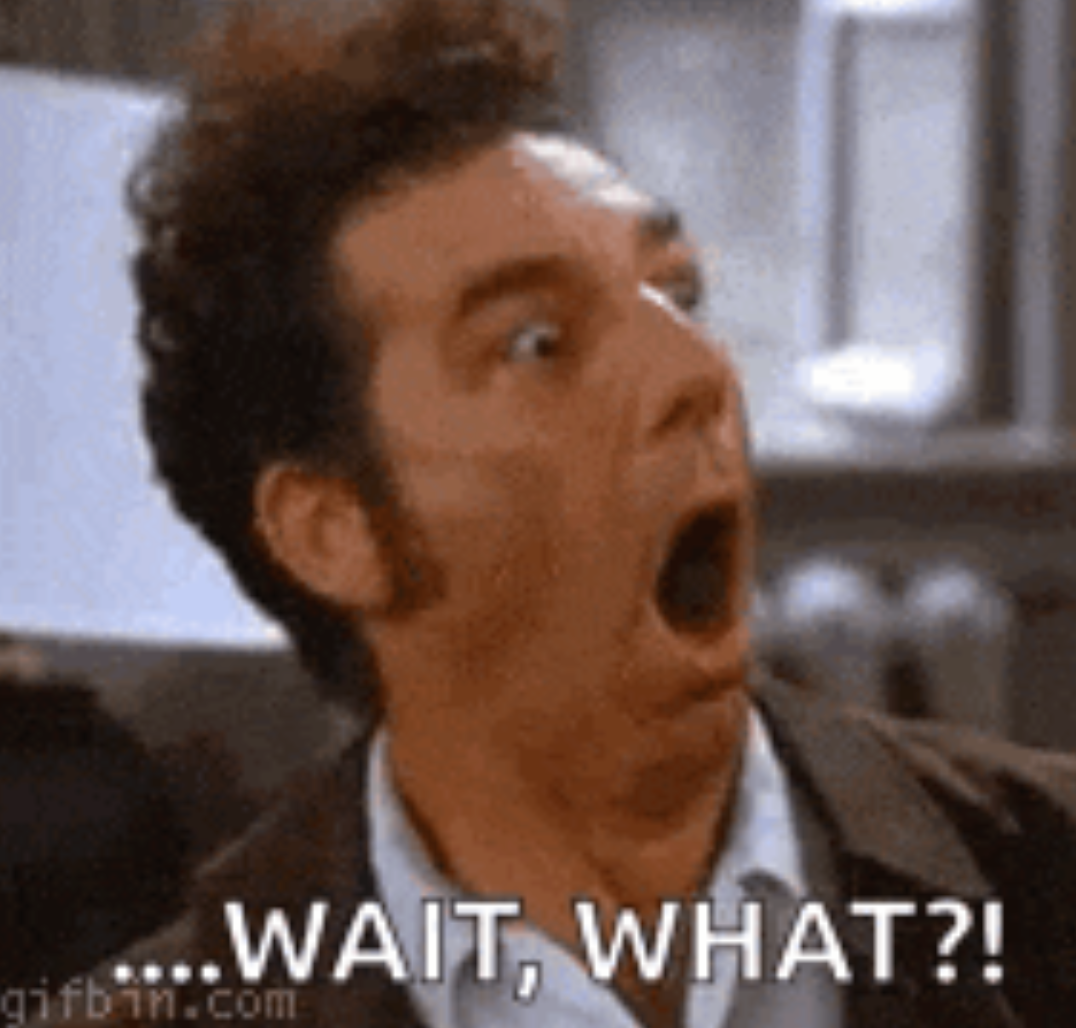
The overpouring stopped that night.
The Impact
The most immediate impact of eliminating overpouring was noticed the next night at 1 am, before we ran our sales report at night end, before eventually noticing an increase in sales.
Normally, on our packed weekend nights, positive energy is tangible by 11 p.m. as customers loosen up and become more social. The energy usually peaks at midnight and quickly wanes as too many customers become overly intoxicated, triggering more negative emotions (look for our future blog on the Pleasure Zone study).
By 1:00, most of the staff is on edge, scanning the floor for drunks, altercations, people stumbling, or possibly getting sick.
This night, the first night, we weren’t giving our customers an almost full alcoholic drink free for every drink they ordered; the energy stayed comfortable all night, with very few customers we needed to monitor closely as they left at 2 a.m.
I was shocked. After more than a decade of bracing myself as midnight came, this night was a breeze. It continued future nights. Were all the problems gone? It is impossible with a dance club with over 1,000 customers through the doors. We didn't have a single insurance claim from the day we eliminated overpouring.
It would be difficult to overstate the positive change in energy we experienced after eliminating overpouring. Studies tell us that it’s generally not those with BACs below .06% who cause harm to themselves and others. Our experience confirms those studies.
Naturally, to no surprise, eliminating overpouring significantly reduced our spirits inventory expenses while at the same time increasing our spirit sales.
I tortured myself by calculating how much the overpouring cost the business. Yes, it’s $14,000,000. (Notice, this isn’t capitalized.)
The sad truth is, before our Friday and then Saturday promoters mentioned our bar sales were way too low for our headcounts, for years, my managers would occasionally mention in our biweekly manager meetings that the bartenders were overpouring. What did I do? Simply turn to my bar manager and say, tell the bartenders to stop overpouring. Did I get back to my bar manager to confirm that action was taken? No. Did I monitor the bartender pouring? No. Despite my managers periodically reminding me that the bartenders were overpouring, I never connected the dots between our low bar sales and overpouring. I can be an idiot.
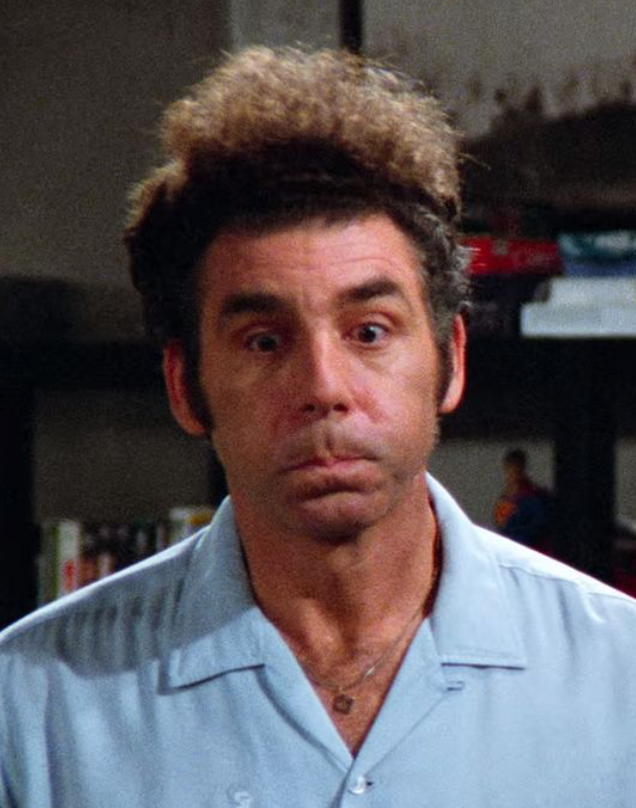
I’ve made profitable pouring a key part of my best bar practices workshop and our Best Practices for Nightlife Establishments. Overpouring is our industry's most common and significant problem (for businesses permitted to sell spirits). Eliminating overpouring:
· Increases business profits and sales.
· Reduces intoxication inside the business (reducing insurance claims and calls for service).
·
Results in far fewer customers driving drunk.
Upcoming in the It’s Not Magic, It’s Math series:
- The People Behind the Numbers
